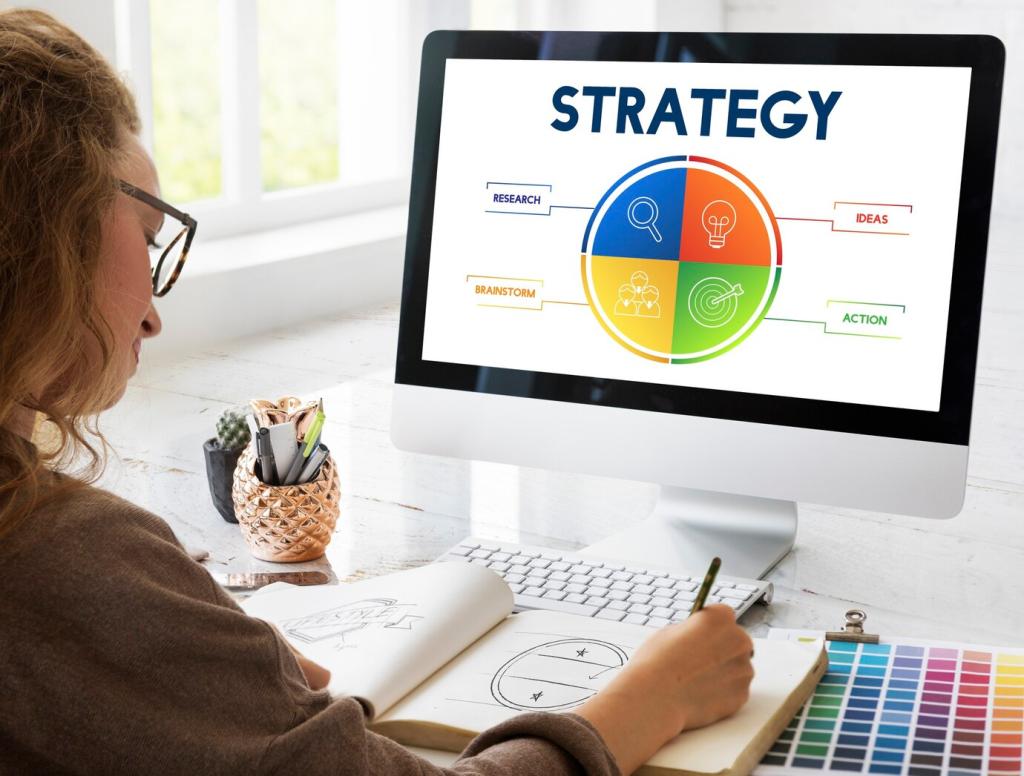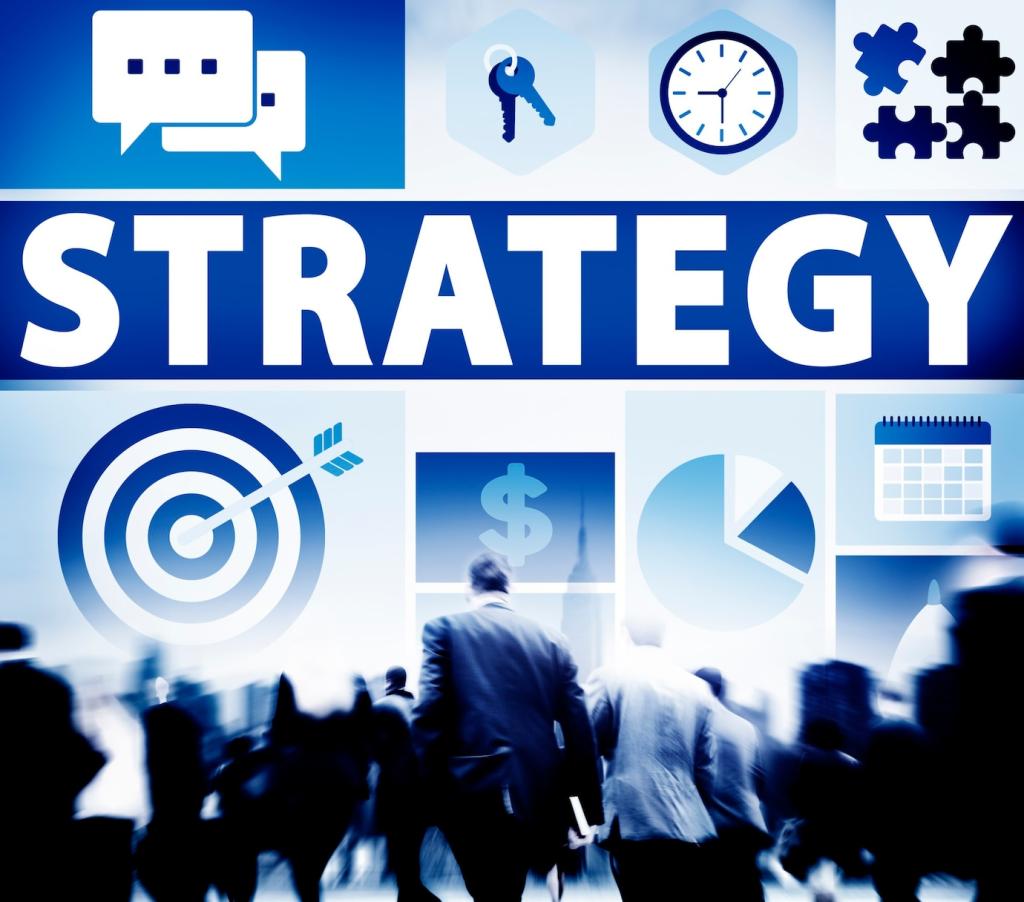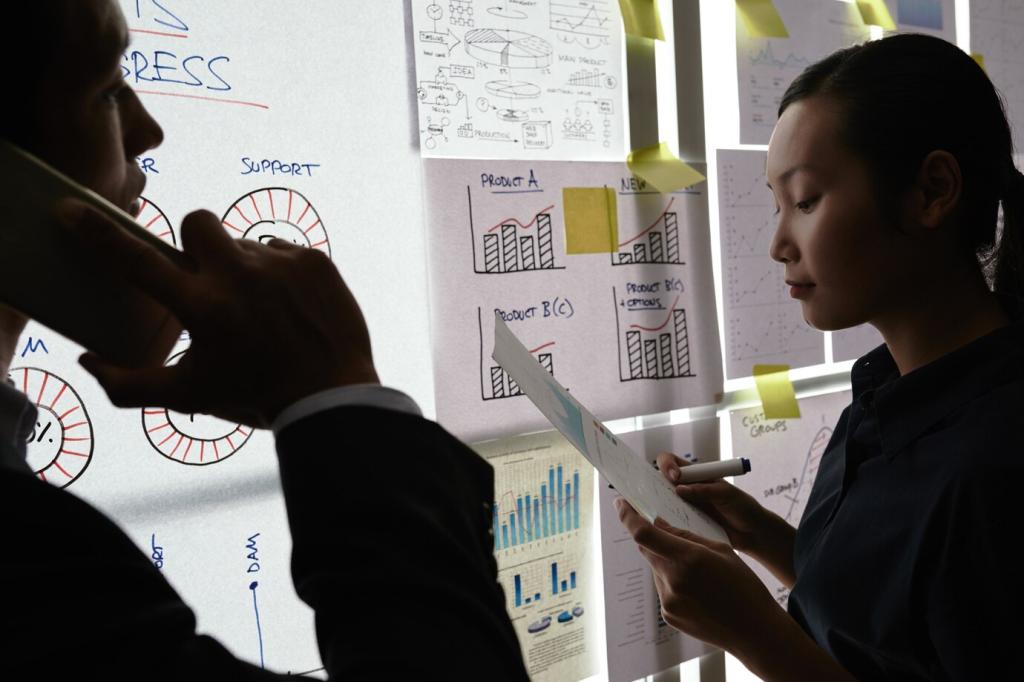Plan Smarter, Stress Less: Efficient Event Coordination Tips
Selected theme: Efficient Event Coordination Tips. Welcome to a friendly hub of practical strategies, real stories, and proven workflows that turn complex events into calm, well-orchestrated experiences. Subscribe for checklists and join the conversation—your next event can feel lighter and run smoother.

Set a single, testable objective
Write a crisp purpose statement that would fit on a sticky note, then pressure-test it with your team. If any task does not serve that objective, question it. Share your draft in the comments for friendly feedback from peers.

Boundaries that save time
Document what is in and out of scope to prevent last-minute additions draining energy. Define audience size, program length, and service levels. Revisit boundaries weekly and say “later” to nice-to-haves. Efficiency thrives when you protect the edges.

Success metrics that drive decisions
Choose three metrics that actually influence choices: on-time schedule adherence, attendee satisfaction, and cost per attendee. Track them visibly, not buried in spreadsheets. Let these numbers guide trade-offs, vendor negotiations, and run-of-show timing tweaks.
Build a Lean, Realistic Timeline
Start with your show date, then count back for venue holds, print deadlines, speaker confirmations, and marketing cycles. Add lead times for approvals. This backward planning method prevents optimistic guessing and surfaces critical path items quickly.
Build a Lean, Realistic Timeline
Set milestone reviews and build a realistic buffer of ten to fifteen percent for tasks that notoriously slip. Note dependencies like signage requiring final agenda. A little slack protects the whole plan without encouraging procrastination.





Team Roles and Communication Rituals
Assign who is Responsible, Accountable, Consulted, and Informed for every major line item. Post the chart where everyone can see it. When questions arise, the RACI decides. No duplicate efforts, no awkward gaps, just smooth coordination.

Attendee Journey and On-Site Flow
Frictionless arrival
Map the first ten minutes: wayfinding, security, badge pickup, and the first helpful smile. Test your arrival flow with two friends who have never seen the venue. Shorter lines and clearer signage are the quickest wins for efficiency.
Accessibility is efficient and right
Plan wheelchair routes, clear aisles, quiet rooms, captioned content, and high-contrast signage. Accessible design prevents on-site improvisation that slows everything. Ask attendees about needs in registration and share improvements publicly to build trust.
Wayfinding and micro-moments
At a 500-person conference, we added color-coded floor decals overnight and cut late-session arrivals by half. Small nudges—like volunteers at decision points—keep traffic moving. Share your clever wayfinding hacks so others can replicate them.

Plan B, C, and a calm voice
Identify your top five risks—weather, speaker cancellation, power, queues, or catering—and assign backup actions with owners. Equip leads with radios and clear escalation paths. Confidence grows when everyone knows which lever to pull first.
Data for continuous improvement
Collect feedback within twenty-four hours while memories are fresh. Pair survey insights with attendance heatmaps and timing data. Celebrate what worked, then capture three changes to test next time. Comment with your favorite feedback question.
Thank-yous and retention
Send concise thank-you notes to attendees, speakers, sponsors, and volunteers within forty-eight hours. Include one memorable photo and a single call to action. This simple habit keeps relationships warm and makes the next coordination cycle smoother.
